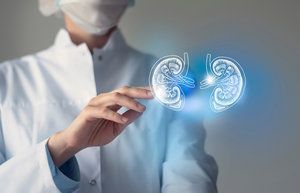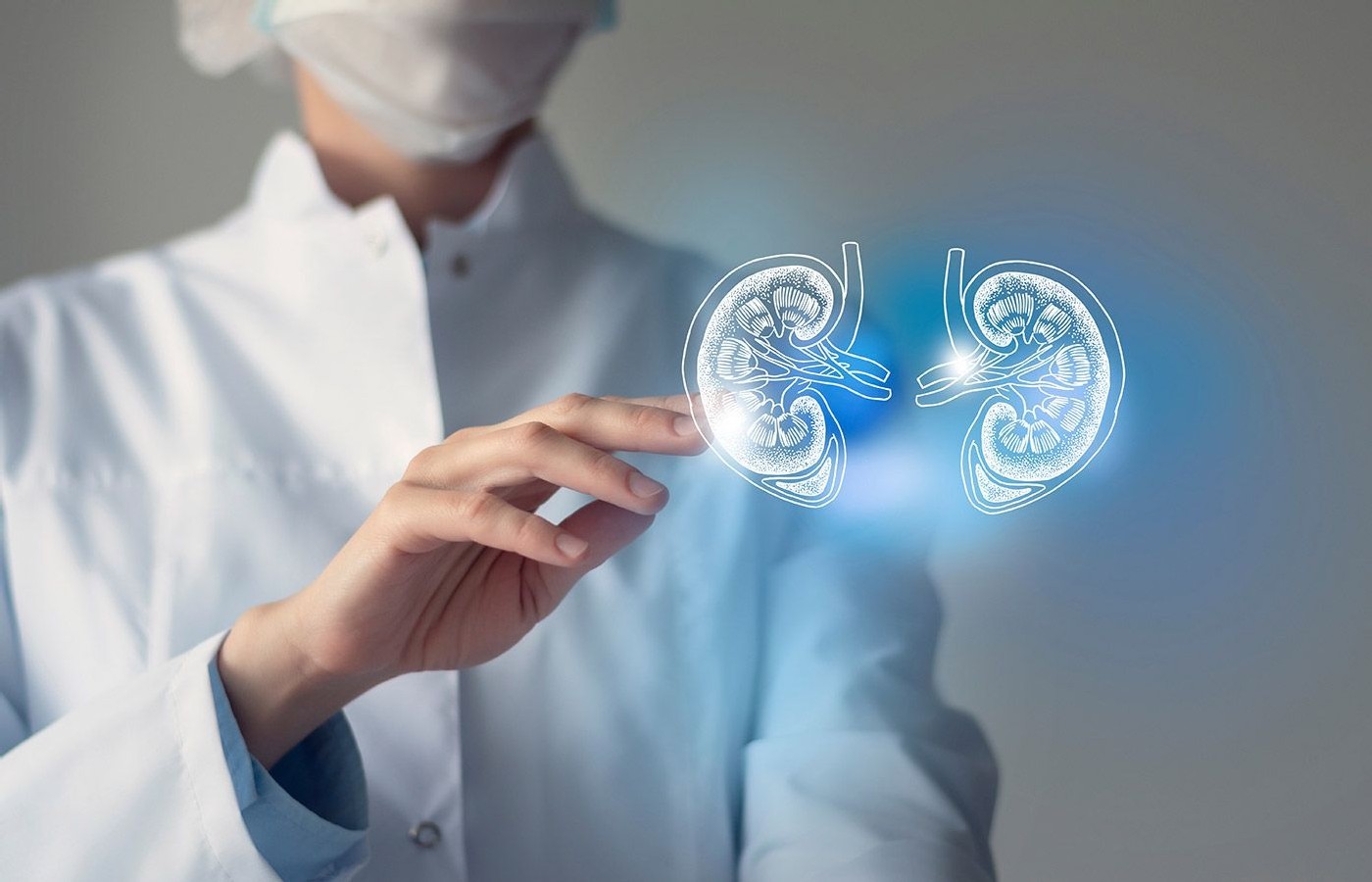Whether you accept it, avoid it or live somewhere in between, insurance coverage has become a defining issue for our profession. Patients increasingly expect to use their benefits, practitioners want to be compensated fairly for their time and expertise, and the system itself remains – at best – fragmented. The encouraging news is that coverage has expanded in meaningful ways. The challenging news is that reimbursement, across the board, remains inadequate.
Why Dialysis Patients Need Acupuncture
- Research suggests acupuncture can help manage common complications experienced by renal disease patients on hemodialysis.
- In one study on muscle wasting, patients in the acupuncture group displayed superior improvements in muscle strength / function variables compared to non-acupuncture patients.
- In a review study on uremic pruritis, the authors reached this conclusion: "Acupuncture treatment may have similar efficacy to oral antihistamines and topical medications."
A pair of new studies suggest acupuncture can help manage common complications experienced by renal disease patients on hemodialysis: muscle wasting and uremic pruritis.
Acupuncture for Muscle Wasting
The study on muscle wasting,1 published in the Shanghai Journal of Acupuncture and Moxibustion, compared two groups of dialysis patients, with one group receiving standard intervention (physical therapy sessions, including progressive resistance training, and guided nutrition) and the other receiving warm-needle acupuncture in addition to the standard intervention.
Acupuncture patients received five weekly sessions of acupuncture at LI 15 (Jianyu), LI 11 (Quchi), LI 4 (Hegu), ST 36 (Zusanli), SP 6 (Sanyinjiao), and KD 3 (Taixi). Needles were warmed by attaching a 15 mm moxa piece to the end of each needle.

Both groups were assessed at baseline and after the 16-week treatment intervention, comparing gains in muscle mass and function per several variables.
Patients in the acupuncture group displayed superior improvements in muscle strength / function variables compared to non-acupuncture patients, including Appendicular Skeletal Muscle Mass Index (ASMI: the sum of the lean muscle mass of the upper and lower extremities adjusted with height), grip strength, and gait velocity.
The research team also evaluated levels of serum irisin (a hormone secreted in muscle during exercise) and TNF-a (a pro-inflammatory cytokine) before and after the 16-week intervention. While between-group levels were equivalent at baseline, levels of serum irisin increased significantly in the acupuncture group, while TNF-a levels dropped significantly. By comparison, serum irisin rose only slightly in the non-acupuncture group, and TNF-a levels remained the same.
Acupuncture for Uremic Pruritis
In the study on uremic pruritis,2 published in the Journal of Pain and Symptom Management, researchers performed a systematic review, ultimately yielding seven randomized, controlled trials for meta-analysis. In all seven studies, "acupuncture was the main treatment, either alone or in combination with other methods," including oral and topical medications.
The primary outcome measure assessed in this meta-analysis was the effective rate, defined as the percentage of patients clinically cured (pruritis resolved completely), reporting treatment to be markedly effective (pruritis significantly relieved), and reporting treatment to be effective (pruritis relieved to a certain extent).
In the acupuncture groups, LI 11 (Quchi) and ST 36 (Zusanli) acupoints were used in four studies; SP 10 (Xuehai) and SP 6 (Sanyinjiao) points in two studies; while one study also used LI 4 (Hegu) and DU 20 (Baihui) Treatment frequency in the seven studies was 2-3 sessions per week, with treatment periods ranging from 2-10 weeks.
Various control-group interventions in the studies included oral antihistamines, topical medications, hemodialysis, hemodiafiltration, calcium / phosphorus metabolism regulation, and blood-pressure control.
Results of the meta-analysis demonstrate that "acupuncture treatment may have similar efficacy to oral antihistamines and topical medications. Interestingly, hemodialysis combined with acupuncture was more effective in relieving pruritus than hemodialysis alone."
Clinical / Public-Health Relevance
Muscle wasting and pruritis are common in dialysis patients, with an estimated 50 percent of patients on chronic dialysis experiencing loss of muscle mass; and approximately one-third of patients experiencing pruritis. These findings suggest acupuncture is useful as a supportive treatment modality.



